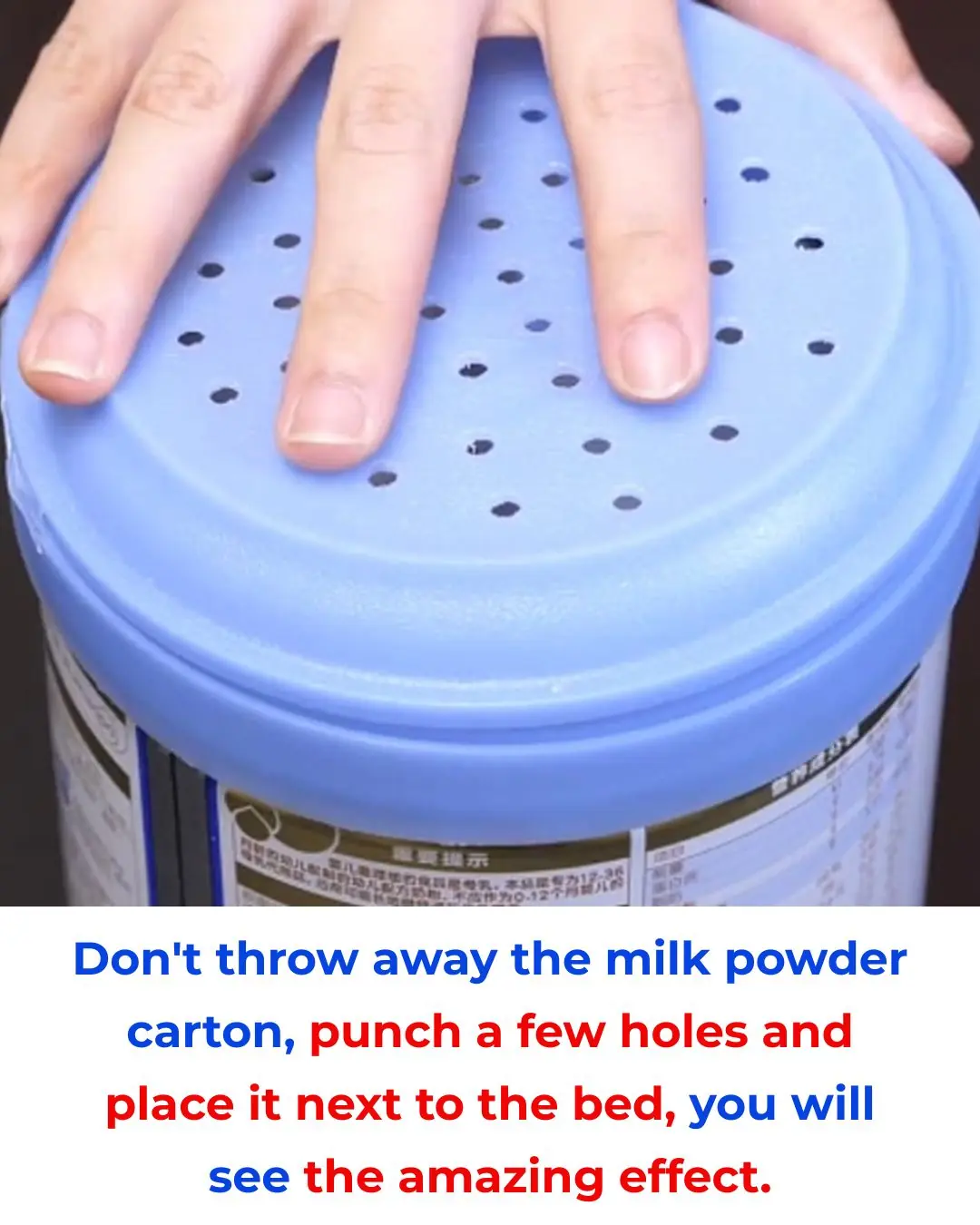
You're doing it all wrong. Here’s the right way to store potatoes
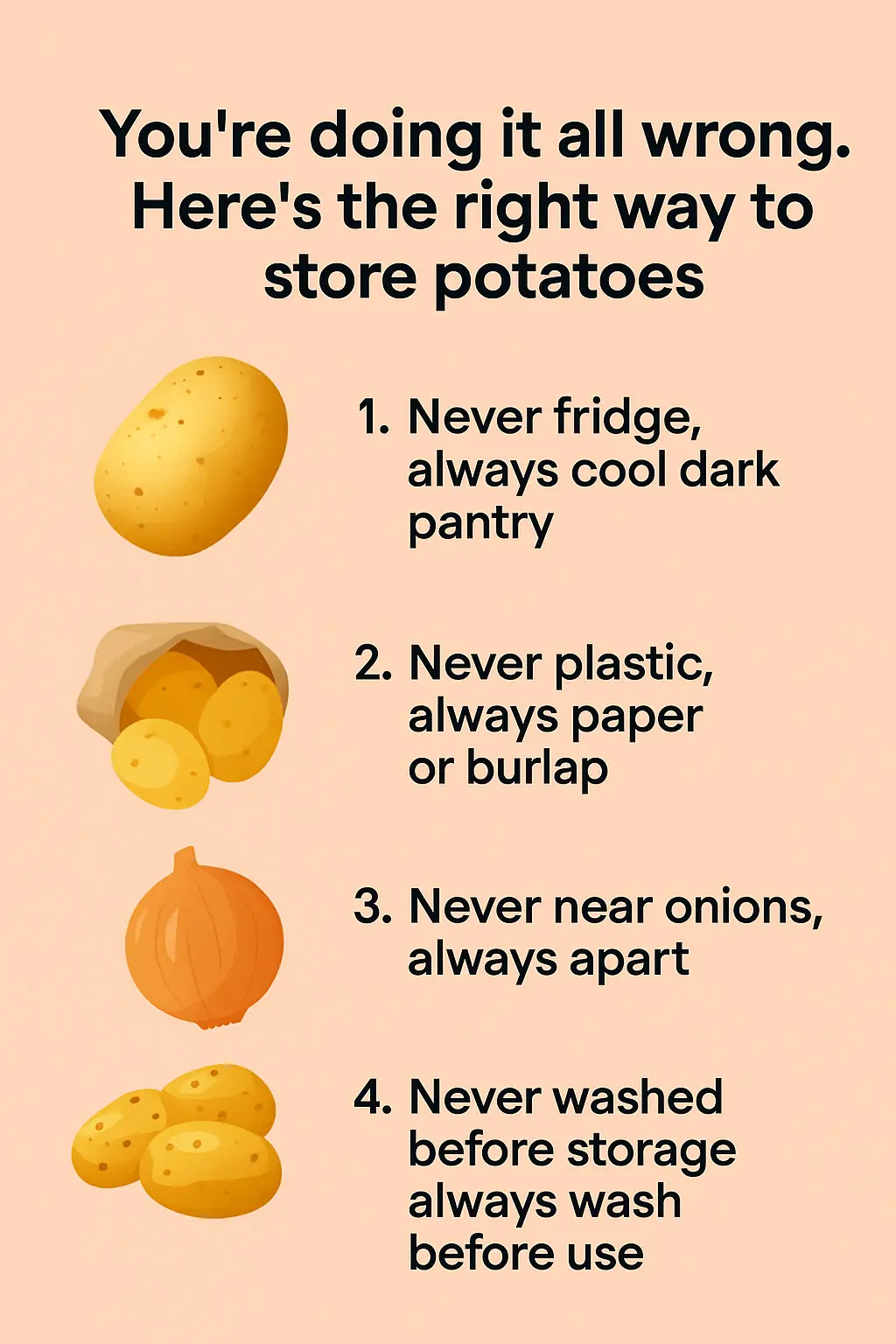
Potatoes are one of the most dependable ingredients in any kitchen—affordable, filling, nutritious, and incredibly versatile. But despite their long shelf life, many people lose potatoes to sprouting, softening, or mold simply because they’re stored incorrectly. The good news? With the right techniques, potatoes can stay fresh for weeks or even months.
If your potatoes seem to spoil too quickly, it may be time to rethink where and how you store them. This guide breaks down everything you need to know about proper potato storage so you can keep your supply in top condition.
1. Why Proper Storage Matters
Potatoes don’t stop living after they’re harvested—they continue to respire, release moisture, and undergo chemical changes. Proper storage slows down these natural processes, helping maintain:
-
Firmness
-
Nutrient value
-
Flavor
-
Longevity
When stored correctly, potatoes can last from several weeks to a few months. Creating the right environment—cool, dark, and moderately humid—preserves their quality and reduces waste.
2. Why Potatoes Should Never Be Stored in the Fridge
Refrigeration is a common mistake when it comes to potatoes. Cold temperatures accelerate the conversion of starch into sugar, which leads to:
-
A sweet, unpleasant flavor
-
Grainy or mushy texture
-
Higher acrylamide levels when cooked (a chemical formed at high heat)
To avoid these issues, keep potatoes out of the refrigerator. They need a cool but not freezing environment to stay fresh.
3. Ideal Temperature and Storage Location
The best temperature range for storing potatoes is 45°F–50°F (7°C–10°C). This keeps them from sprouting or rotting too fast, while also preventing sugar formation.
Great storage locations include:
-
A basement
-
A cool pantry
-
A ventilated cupboard
-
A root cellar
Avoid areas near ovens, heaters, or sunny windows. Excessive warmth causes sprouting, while moisture promotes rot.
4. The Best Containers: Choose Breathable Materials
Potatoes need airflow. Storing them in sealed or plastic bags traps moisture and leads to mold.
Instead, use:
-
Paper bags
-
Burlap sacks
-
Mesh bags
-
Wooden crates
These breathable materials help reduce humidity buildup and allow potatoes to stay dry and firm.
5. Why Potatoes and Onions Should Never Be Stored Together
Although both are pantry staples, potatoes and onions should never share the same storage space. Onions release gases and moisture that:
-
Accelerate sprouting
-
Cause potatoes to soften
-
Transfer odors
Store them in separate areas to maximize freshness and prevent premature spoilage.
6. Light Exposure: Why It’s Harmful
Potatoes exposed to light—natural or artificial—turn green as they produce chlorophyll. Along with the color change comes a rise in solanine, a bitter toxin that can be harmful in large amounts.
To prevent greening:
-
Keep potatoes in a dark cabinet
-
Cover them with a cloth
-
Use opaque bags or containers
Protecting them from light helps maintain both flavor and safety.
7. When to Wash Potatoes: Timing Is Everything
Do not wash potatoes before storing them. Moisture trapped on the skin encourages decay.
Instead:
-
Brush off excess dirt before storage
-
Wash only right before cooking
Keeping potatoes dry dramatically extends their shelf life.
8. Humidity Levels and Potato Quality
Potatoes prefer moderate humidity—around 80–90%. Too much moisture causes rot; too little leads to shriveling.
You can maintain proper humidity by:
-
Using a well-ventilated space
-
Ensuring the area is cool and dark
-
Avoiding airtight containers
In very dry climates, adding a slightly damp cloth nearby (not touching the potatoes) can help maintain balance.
9. How to Identify Spoiled Potatoes
Even under good conditions, you should check your potatoes regularly. Signs of spoilage include:
-
Soft or mushy spots
-
Wrinkled or shriveled skins
-
Moldy patches
-
A strong, unpleasant odor
Green areas should be cut away before cooking. If a potato is heavily green or extensively sprouted, it’s best to throw it out.
10. Viral Potato Storage Hacks: Useful or Not?
You may have seen trending storage hacks online—such as adding an apple to your potato bag to prevent sprouting. While some tips are partially based on science, many are unreliable.
The most effective and proven methods remain:
-
Cool temperatures
-
Darkness
-
Proper ventilation
-
Correct humidity
Instead of experimenting with questionable hacks, stick to these fundamentals for consistent results.
11. Long-Term Storage Options
If you want to store potatoes for the long haul, a root cellar is ideal. These spaces naturally maintain low temperatures and stable humidity—perfect for potatoes and other root vegetables.
If you don’t have a root cellar, you can mimic one by:
-
Using a cool basement corner
-
Keeping potatoes in breathable containers
-
Ensuring adequate airflow
-
Checking for spoilage regularly
Remove any deteriorating potatoes promptly to protect the rest of the batch.
News in the same category

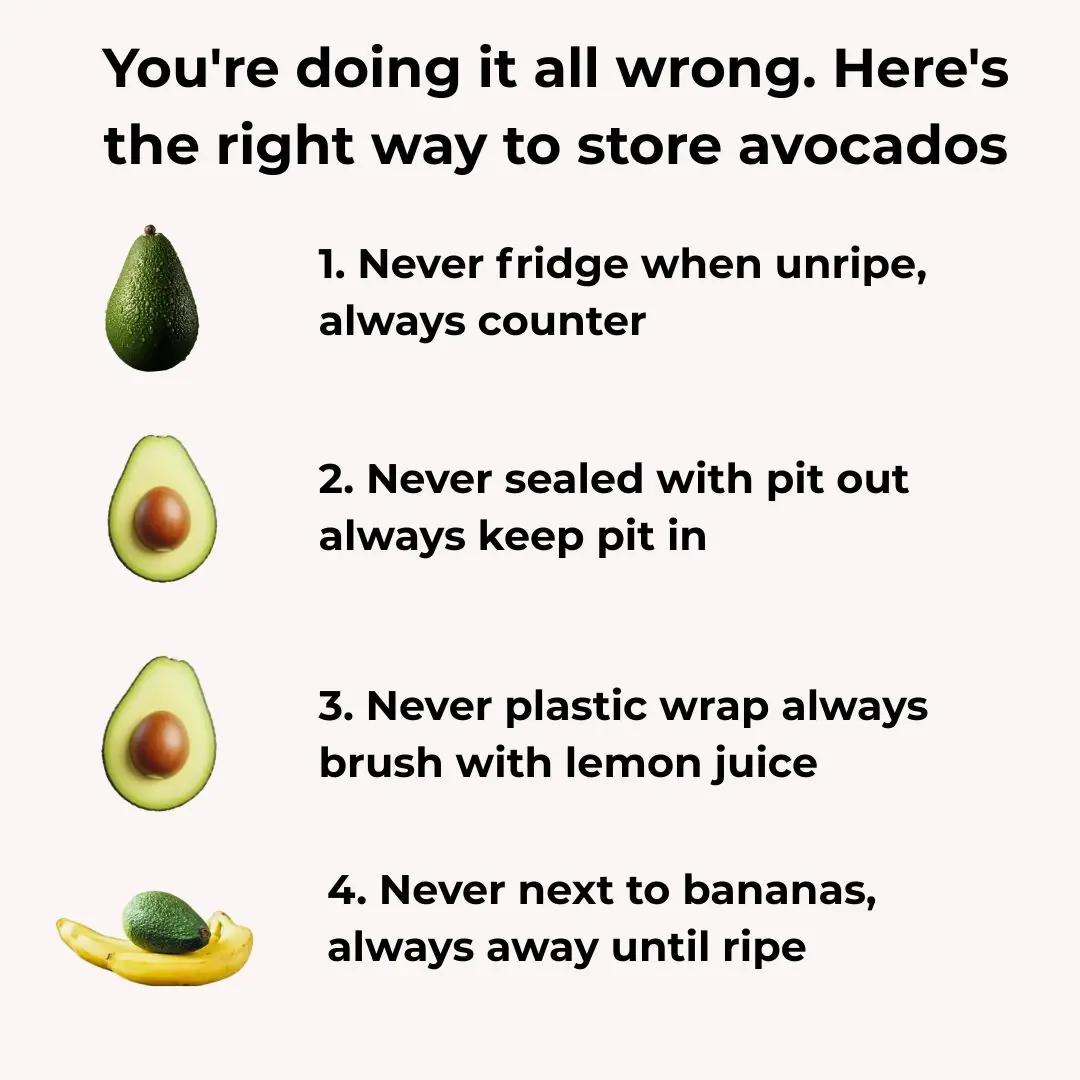
You're doing it all wrong. Here’s the right way to store avocados

8 reasons why adding baking soda to your toilet tank is a must-do trick
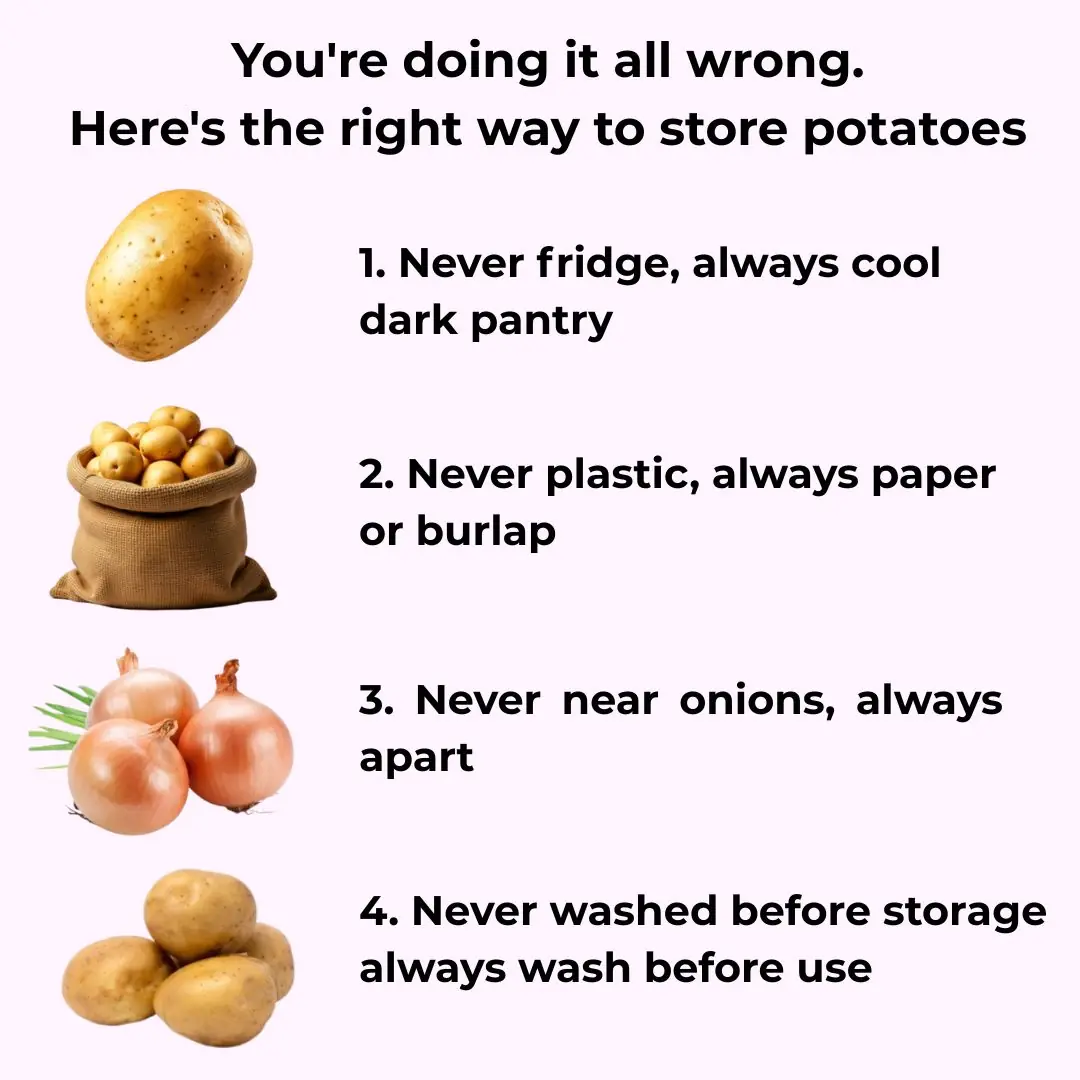
You're doing it all wrong. Here’s the right way to store potatoes
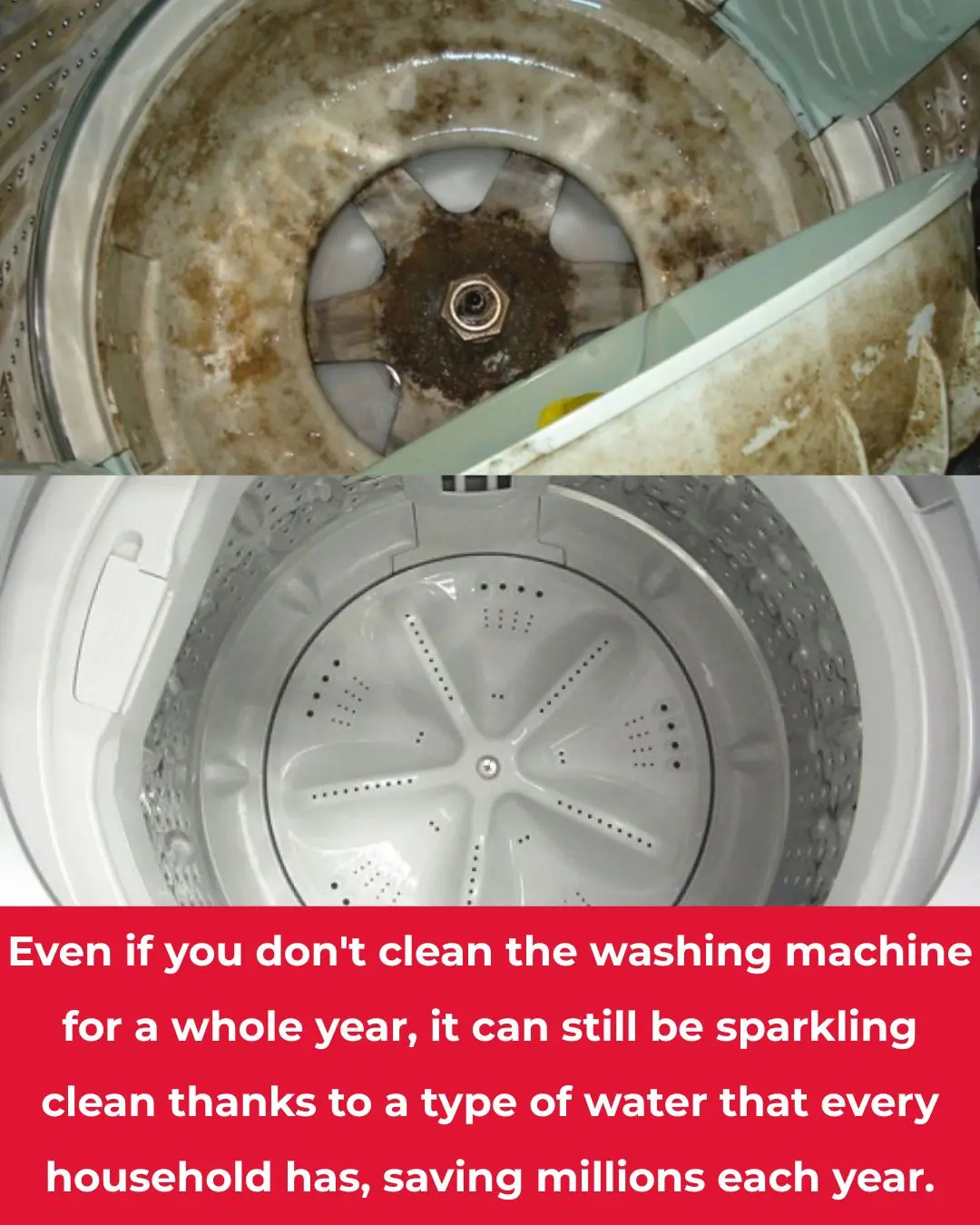
Washing machine stays clean all year without scrubbing thanks to a common household liquid, saving millions every year 👇👇

Aster flowers, the 'miracle cure' hidden in roadside wild plants
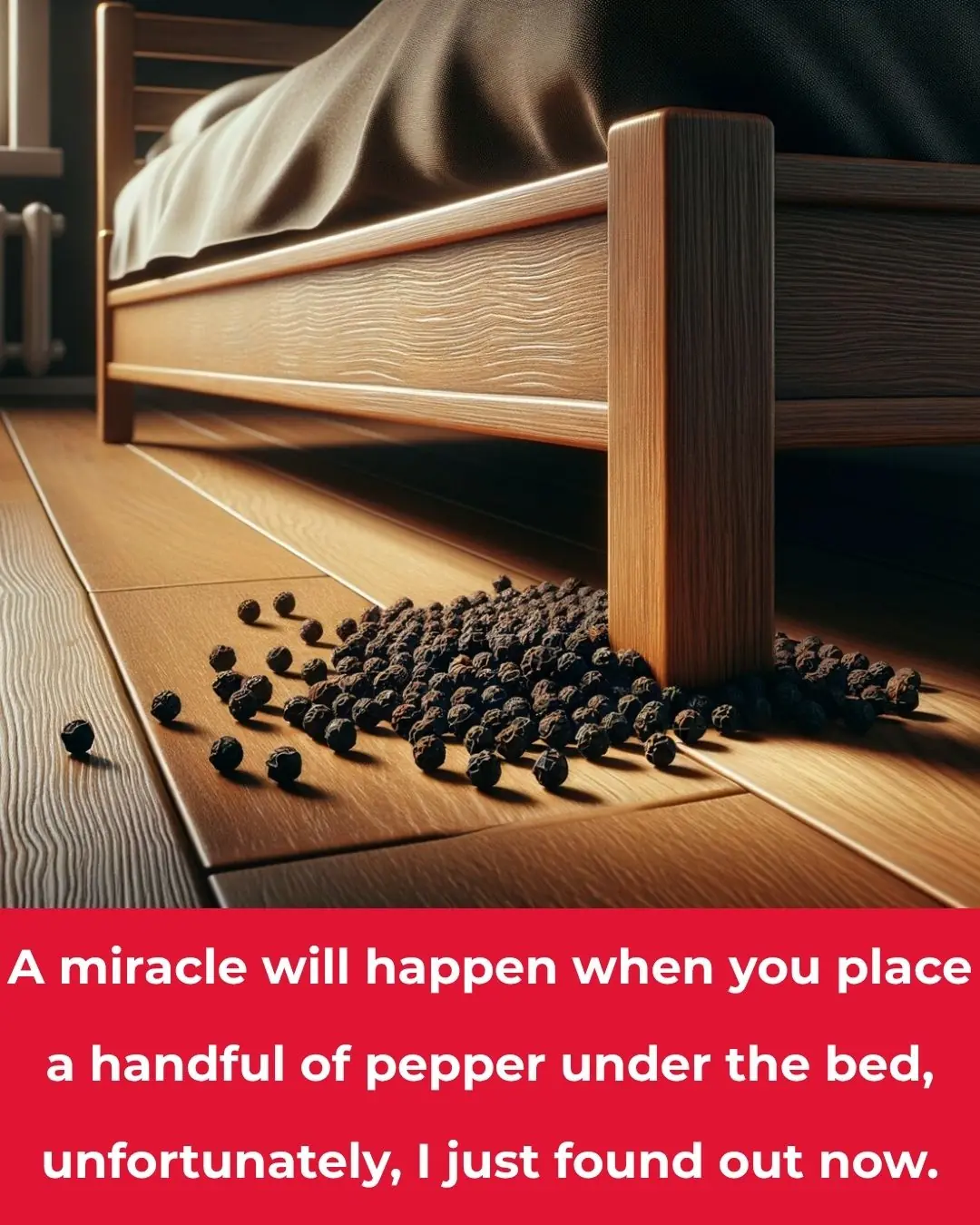
A miracle will happen when you place a handful of pepper under your bed, too bad I just found out 👇👇👇

Don't boil chicken with salt and plain water, or it will turn out fishy and reddish. Try this method for golden skin and sweet meat.

Don't throw away tea that's been left overnight: It has up to 5 amazing uses that everyone will love

Should You Place a Fan Close to or Far from the Bed While Sleeping? Many Homes Are Doing It Wrong
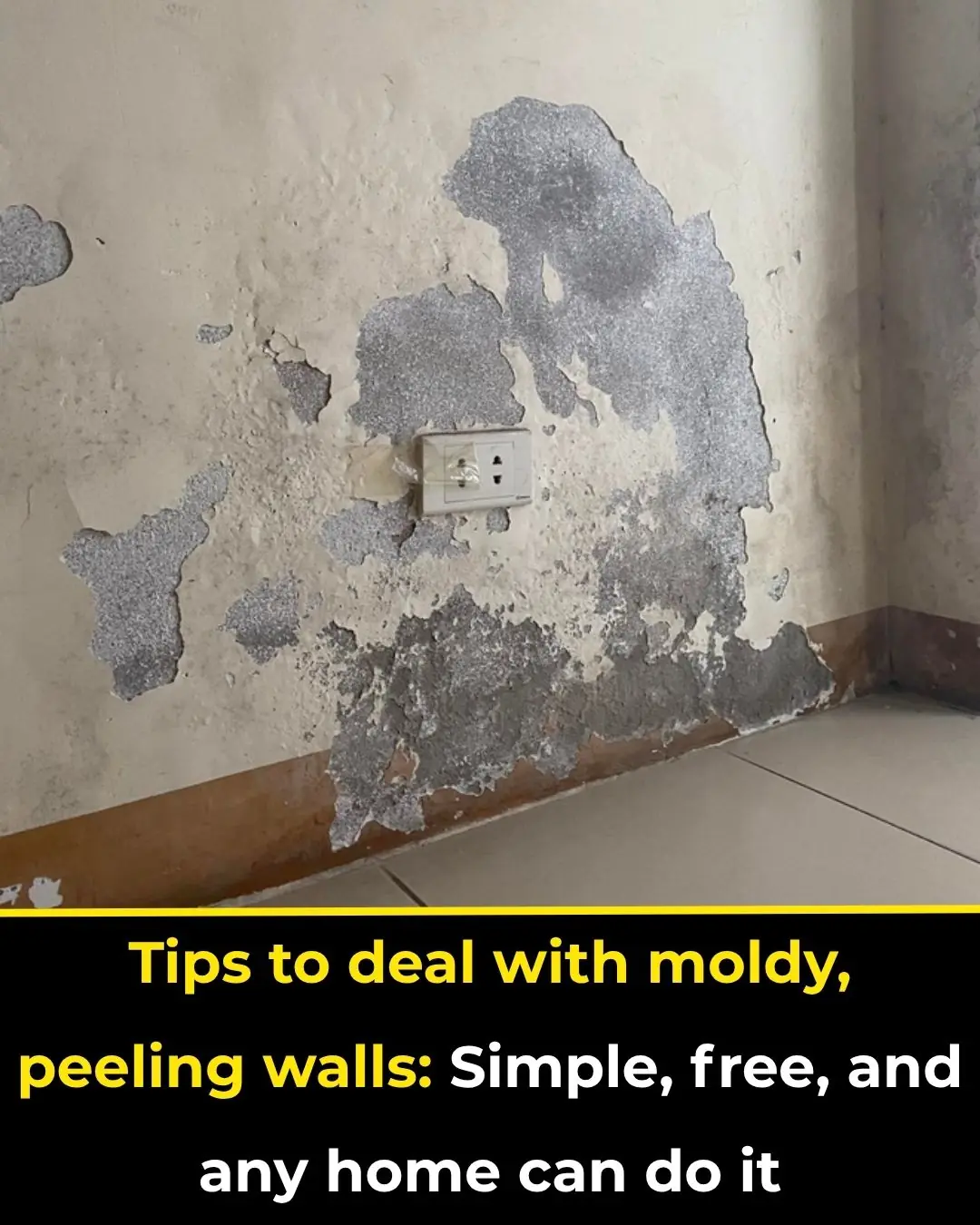
Simple, Cost-Free Ways to Fix Moldy or Peeling Walls — Easy Solutions for Every Home

Why Do Fish Sellers Often Use Black Plastic Bags? A Simple Trick Few People Notice
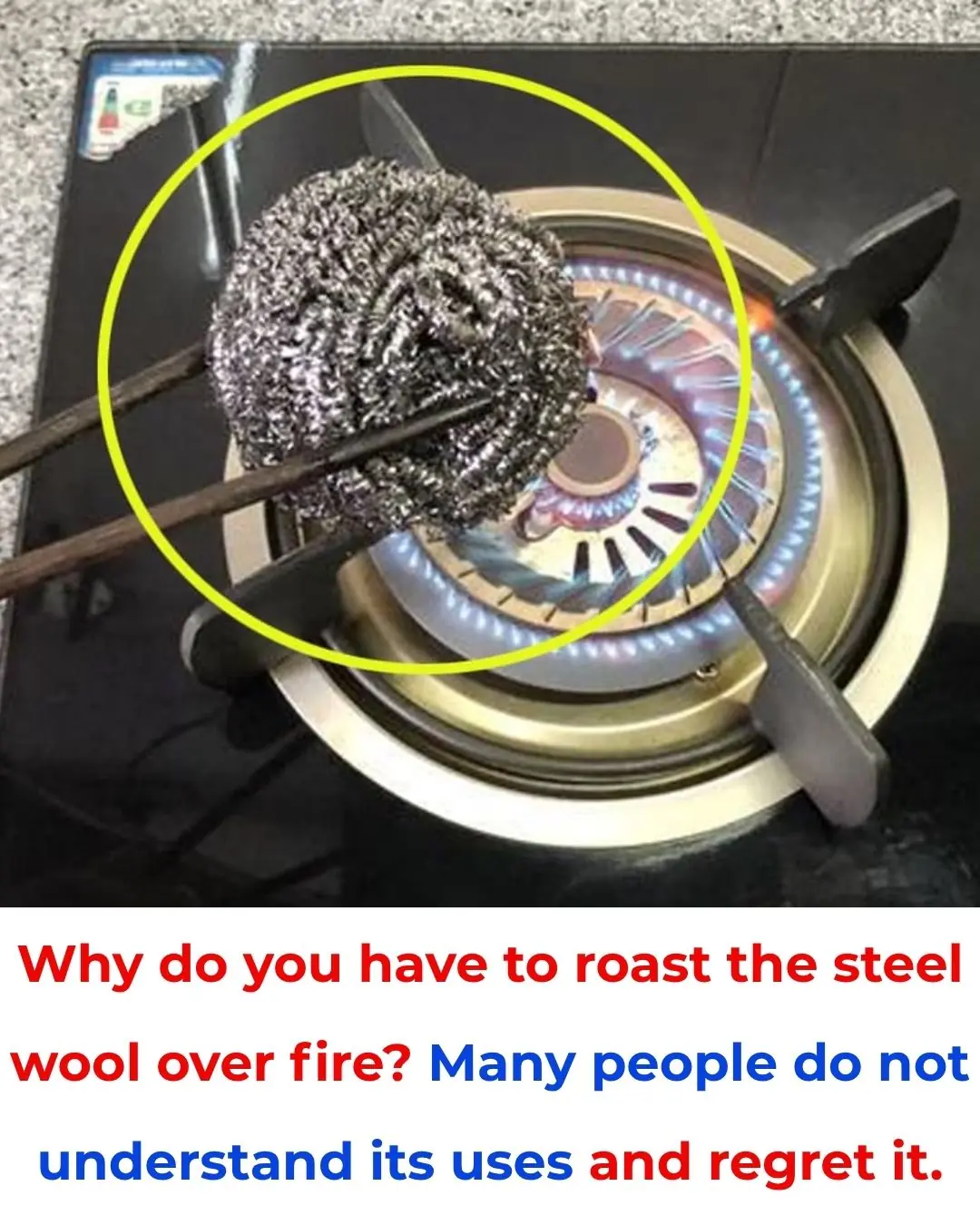
Why Do We Burn Steel Scrub Pads Over Fire? Many People Don’t Know This Useful Trick
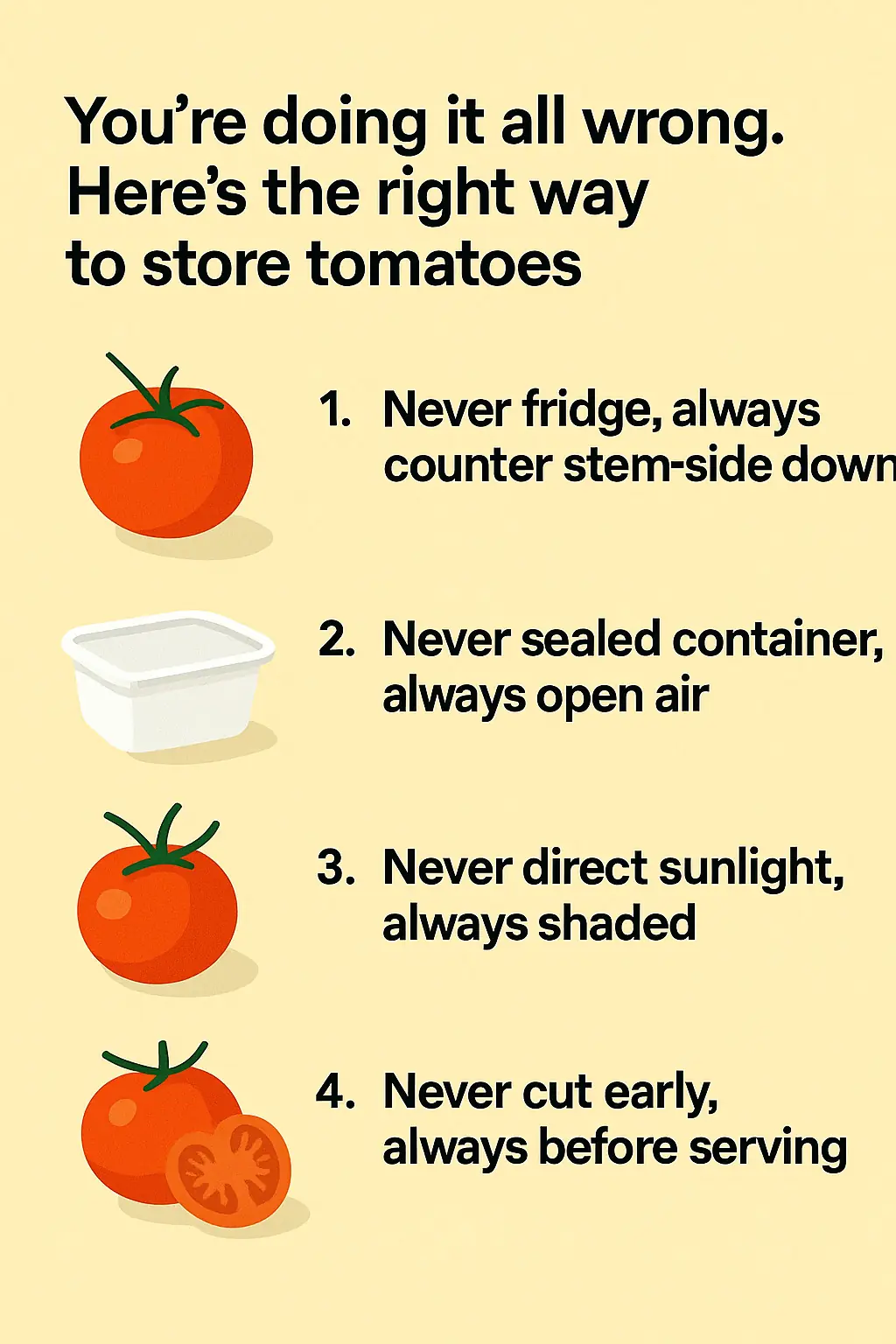
You're doing it all wrong. Here’s the right way to store tomatoes
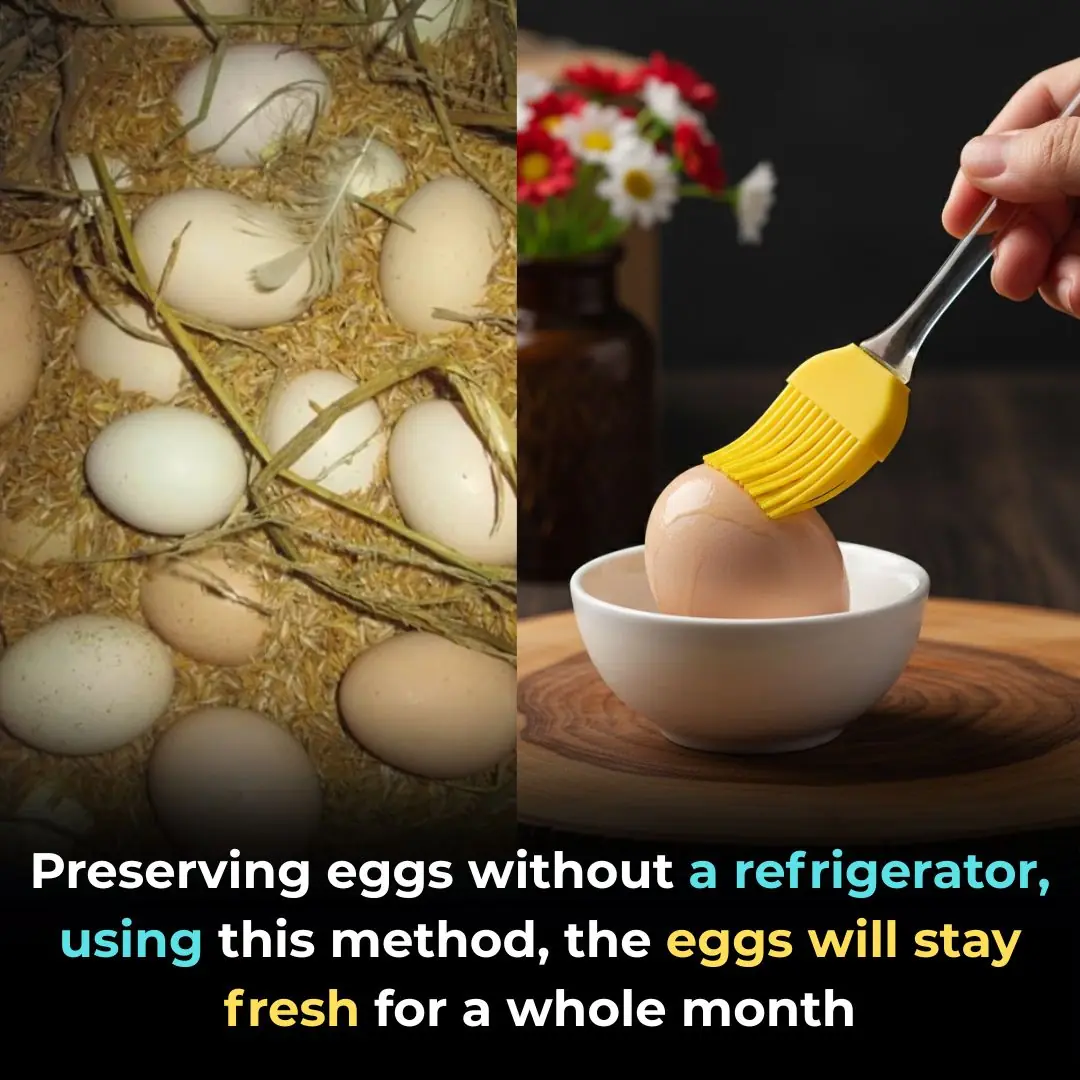
Preserving eggs without a refrigerator, using this method, the eggs will stay fresh for a whole month

Shrimp injected with impurities is easy to distinguish: Smart people will see this point

Tips for cleaning an air fryer without scrubbing and still clean as new

The water pipe is clogged, just blame this and it will be solved easily, no need to waste money calling a plumber.

How to clean the bathroom easily and effortlessly: It will stay clean and fragrant all week long
News Post

47-Year-Old Man Dies from Liver Failure: “Two Types of Pain, Two Types of Itching” Warn of Serious Liver Disease

Don’t Throw Away Your Empty Milk Powder Cans – Turn Them Into Useful Household Items

If Cancer Cells Are Developing in the Body, These 3 Nighttime Symptoms May Appear

Can you spot the hidden dog? Only people with eagle eyesight can!

Can you spot the book, egg, cup, and pillow?
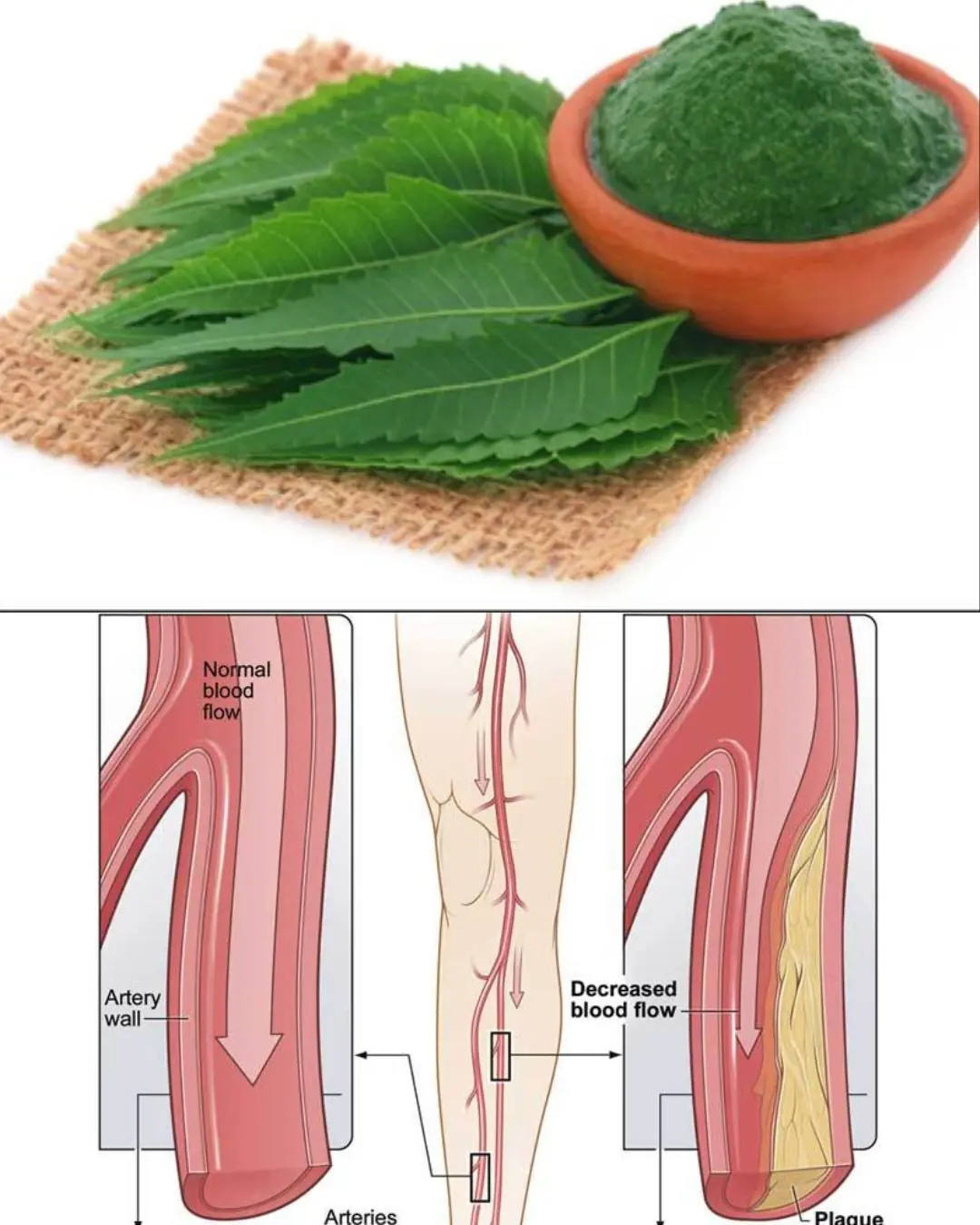
Neem: An Ancient Plant With Potential Health Benefits – What Science Says

Doctors reveal that green broccoli causes...see more

Artery-Cleaning Foods: The One Meal Doctors Won’t Tell You About

The body will show 5 symptoms to remind you to eat less salt

5 foods that heal your body and STARVE cancer—eat these now!

Reverse diabetes and insulin resistance fast—4 hacks doctors don’t tell you!

This is Why You Always Wake Up in the MIDDLE of the Night (and how to make it STOP)

They were wrong about fasting — here’s what 30 hours without food really does to your body

You're doing it all wrong. Here’s the right way to store avocados

8 reasons why adding baking soda to your toilet tank is a must-do trick

You're doing it all wrong. Here’s the right way to store potatoes

Washing machine stays clean all year without scrubbing thanks to a common household liquid, saving millions every year 👇👇

Aster flowers, the 'miracle cure' hidden in roadside wild plants

A miracle will happen when you place a handful of pepper under your bed, too bad I just found out 👇👇👇
